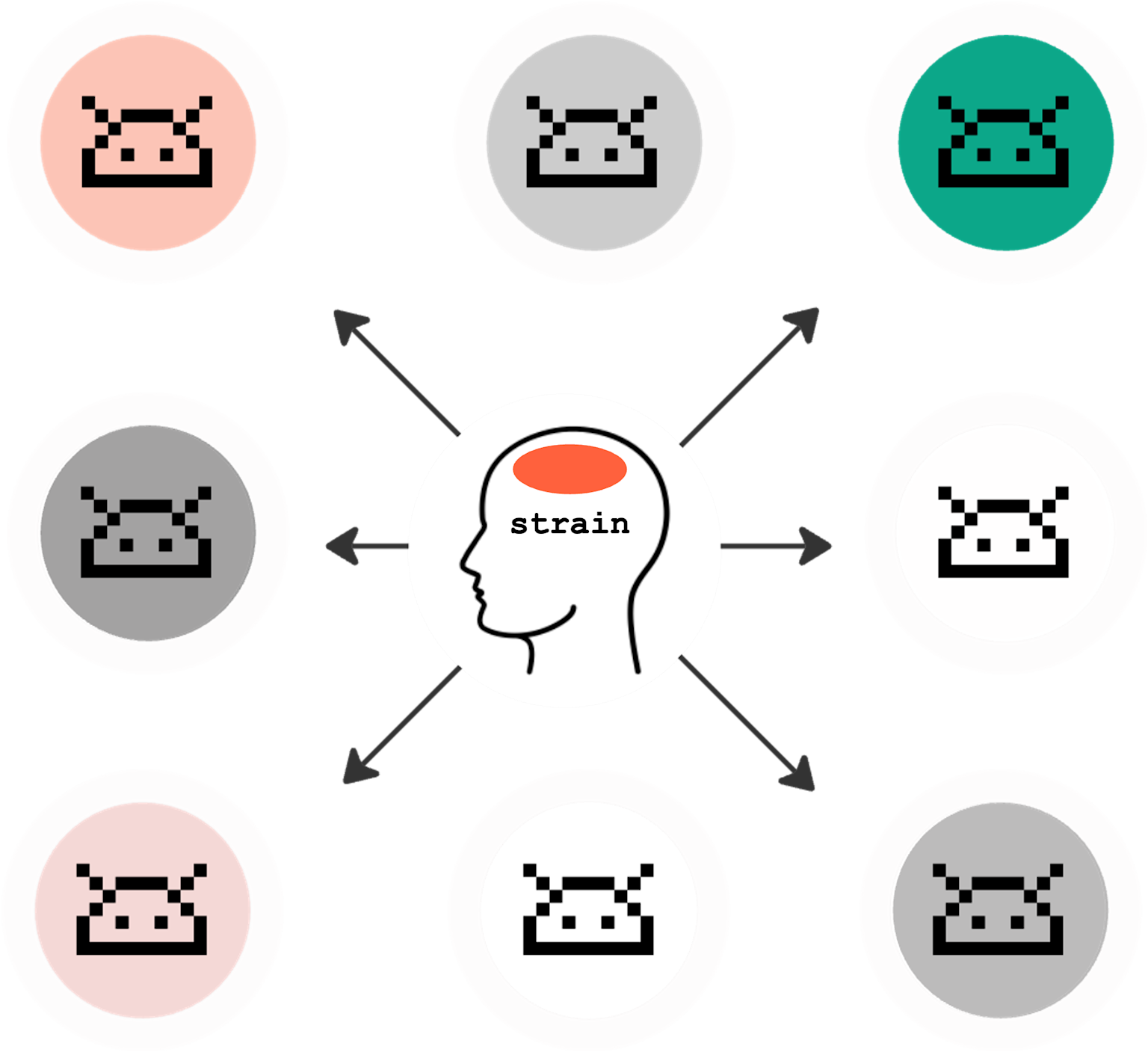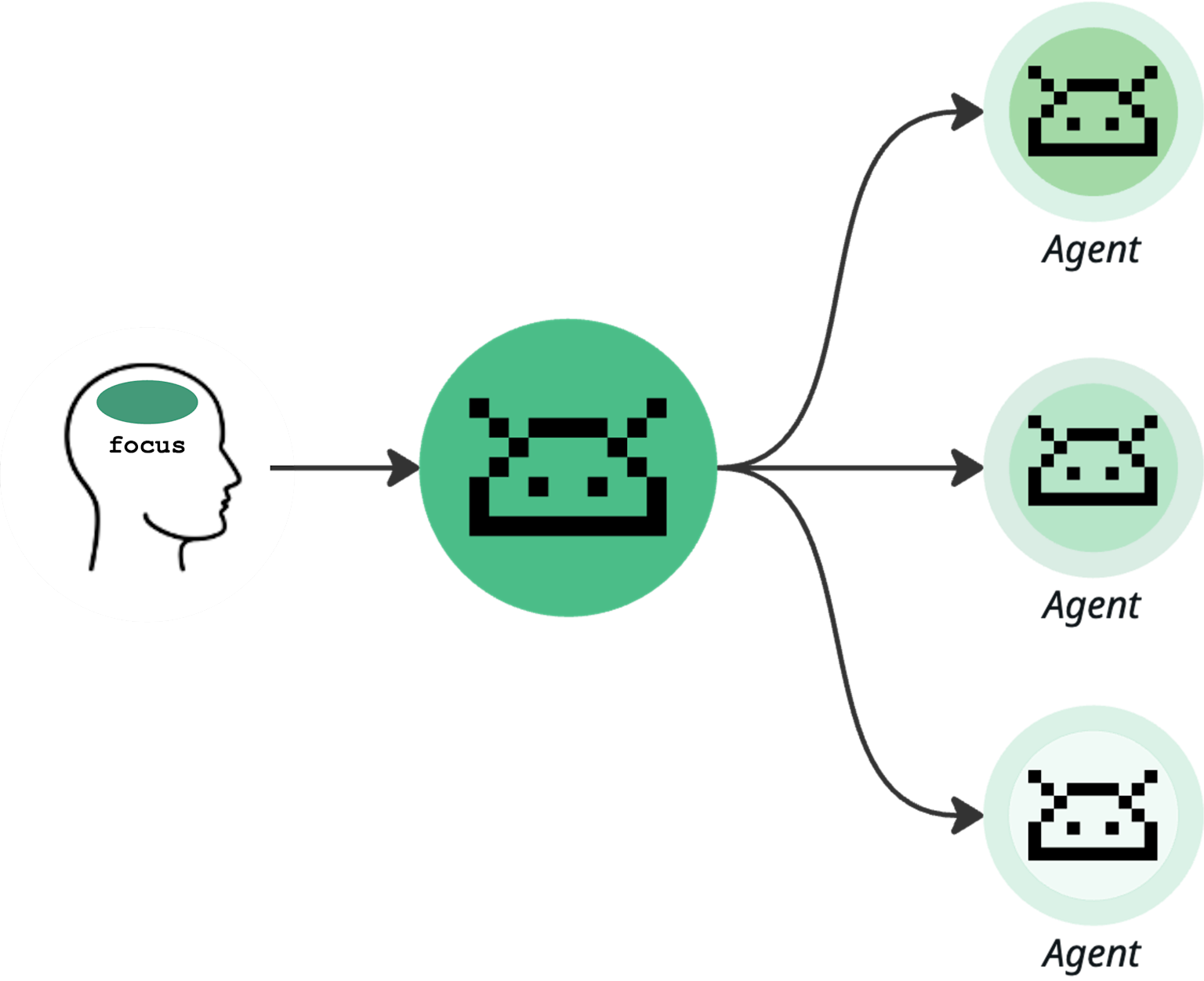The hidden cost of tactical AI
Across the Benelux enterprise landscape, marketing leaders are witnessing a troubling pattern. Despite substantial AI investments, teams report increased operational complexity rather than the promised efficiency gains. The culprit isn't the technology itself, but the backwards approach most organisations take to AI implementation.
Consider this familiar scenario: Your marketing team deploys a chatbot for customer service, implements automation for email campaigns, and introduces recommendation engines for personalisation. Each solution delivers immediate value within its specific domain. Yet six months later, your team spends more time coordinating between systems than leveraging their capabilities.
The fundamental issue?
Organisations approach AI backwards, starting with tools instead of strategy.
Why point solutions create exponential problems
Traditional AI implementation follows a pattern we've observed across dozens of enterprise clients: identify a problem, deploy a specialised tool, achieve initial success, then encounter integration challenges that compound with each new addition.
This tactical approach creates what we term the "AI Implementation Trap", a cycle where:
Data fragments across disconnected systems, reducing the intelligence available to each tool
Teams become tool managers instead of strategic innovators, spending time on coordination rather than optimisation
Integration complexity grows exponentially with each new AI capability, requiring specialised expertise to maintain
Total cost of ownership exceeds projected benefits as maintenance and coordination overhead accumulates

The mathematics are unforgiving: with just five AI tools, you're potentially managing 25 different integration points. Add vendor dependencies, data inconsistencies, and training requirements, and the promise of AI efficiency quickly becomes an operational burden.
The companies that succeed with AI are those that think about it as a platform, not as individual point solutions. The real value comes from orchestrating multiple AI capabilities together.
Andrew NgFounder of Landing AI and former director of Stanford AI Lab
The strategic alternative: AI orchestration architecture
Leading organisations take a fundamentally different approach. Instead of implementing AI tools, they build intelligence foundations, composable platforms that coordinate all AI capabilities through unified orchestration.
This strategic architecture delivers three critical advantages:
Unified data intelligence
Rather than fragmenting data across specialised tools, orchestrated AI systems maintain centralised knowledge graphs that enhance every capability. When your personalisation engine understands customer service interactions and your content automation leverages sales insights, each system becomes exponentially more effective.
Compounding capability development
Strategic AI architecture enables what we call "capability stacking", where each new AI function amplifies existing ones. A recommendation system becomes more sophisticated when it can access customer service sentiment. Content generation improves when it understands conversion patterns. The whole becomes genuinely greater than the sum of its parts.
Future-ready scalability
Orchestrated platforms adapt to emerging AI capabilities without architectural disruption. When new language models emerge or novel AI services become available, properly designed foundations integrate them seamlessly rather than requiring wholesale system changes.

The composable advantage in AI implementation
Organisations leveraging composable content architectures possess inherent advantages in strategic AI deployment. The separation of content from presentation that defines headless systems creates the flexible data structures that AI orchestration platforms require.
- 1
Content velocity: Modify AI training data and knowledge structures without disrupting customer-facing experiences, enabling rapid optimisation cycles that tactical implementations cannot match.
- 2
Cross-channel intelligence: Deploy identical AI capabilities across web, mobile, email, and emerging channels simultaneously, creating consistent intelligence that customers recognise and trust.
- 3
Data authority: Maintain single sources of truth that prevent the conflicting information patterns that confuse AI systems and undermine user confidence.
- 4
Technical agility: Adapt to emerging AI standards and integration requirements without fundamental architecture changes, ensuring sustainable competitive advantage as the technology landscape evolves.
AI initiatives fail not because of the technology, but because organisations treat them as isolated projects rather than integrated capabilities. The winners are building platforms that make AI orchestration seamless.
Satya NadellaCEO | Microsoft
Measuring strategic AI success
Strategic AI implementations require different metrics than tactical deployments:
- 1
System efficiency indicators: Track reduction in AI management overhead, improvement in cross-system data consistency, and decrease in integration maintenance requirements.
- 2
Capability multiplication metrics: Monitor how new AI additions enhance existing capabilities, measuring compound value creation rather than isolated tool performance.
- 3
Competitive positioning measures: Assess your organisation's ability to deploy new AI capabilities faster than competitors and adapt to emerging opportunities without architectural constraints.
- 4
Business impact acceleration: Evaluate how AI orchestration enables faster response to market changes, reduced time-to-value for new initiatives, and improved customer experience consistency.
The evolving AI landscape
The emergence of conversational AI integration and answer engine optimisation creates additional imperatives for strategic architecture. Organisations with unified platforms are better positioned for emerging technologies like Model Context Protocol servers and AI-mediated customer discovery patterns.
Read more about these developments in our insights:
The cost of delay
Every month of continued tactical AI deployment increases the complexity and cost of eventual strategic transformation. Organisations that begin orchestration implementation now will establish sustainable competitive advantages that become exponentially harder for competitors to replicate.
The window for first-mover advantage in strategic AI is narrowing. As awareness of orchestration benefits spreads, the competitive differentiation available to early adopters will diminish. Market leaders are already establishing the integrated AI capabilities that will define industry standards.
We're moving from an era of AI experimentation to AI integration. The companies that can orchestrate AI capabilities across their entire organisation will create moats that are very difficult to replicate.
Ginni Romettyformer CEO of IBM
Your strategic AI decision point
The choice facing marketing leaders isn't whether to implement AI, it's whether to build tactical tools or strategic capability. Organisations that choose orchestration over point solutions will capture the compounding advantages that define market leadership in an AI-driven business environment.
The question isn't whether AI will reshape competitive dynamics, it's whether your organisation will be positioned to lead when it does. Begin building intelligence foundations today, establish the technical architecture that enables success, and position your capabilities at the centre of tomorrow's competitive landscape.
Your competitors are implementing AI tools. Ensure you're building AI advantage.
